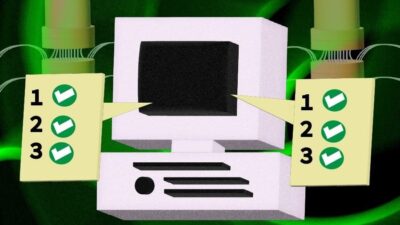A recent assembly system for Continuously Variable Transmissions (CVTs) by Ingersoll Cinetic Automation Corp. (ICA, Farmington Hills, Mich.) shows how a tightly integrated control architecture based on open standards can move a major project along more smoothly. ICA is the former automation division of Ingersoll Rand, which was acquired by Cinetic IndustrieIs S.
A recent assembly system for Continuously Variable Transmissions (CVTs) by Ingersoll Cinetic Automation Corp. (ICA, Farmington Hills, Mich.) shows how a tightly integrated control architecture based on open standards can move a major project along more smoothly.
ICA is the former automation division of Ingersoll Rand, which was acquired by Cinetic IndustrieIs S.A., in 1999. ICA develops engineered systems for automated assembly and production of vehicle powertrains, as well as automated parts finishing and cleaning.
The assembly line is based on a 550-mm wide, powered roller conveyor system, developed for ZF Group/Ford Motor Co.’s plant (Batavia, O.). Cinetic’s Germany-based manufacturing operation helped design and build the line because it had developed a similar product for a Daimler Chrysler plant in Europe. ICA handled all assembly and final integration at the Batavia plant.
Earlier, ICA had adopted a control strategy built around a PLC emulator on a PC using Siemens’ Totally Integrated Automation architecture. ICA felt it could gain more power and flexibility from the PC.
One transmission per minute
The CVT line for ZF/Ford is one linear system with 29 manual and 15 automated assembly stations. These include the usual “nut runners” (bolt torqueing), gauging, pressing, and various material handling operations from end to end. Moving on aluminum rails, individual pallets equipped with radio frequency identification (RFID) tags track the progress of a CVT and provide information to the assembly stations. Running at its optimal pace, the line can assemble a transmission in less than one minute.
Each station has an industrially hardened touch-panel PC equipped with Siemens’ Simatic WinAC controller containing all process information and traditional PLC functions. ICA linked the WinAC controller and HMI with remote I/O devices for motors, drives, sensors, robots and RFID systems, aided by an IEC 61131 structured programming language and Profibus DP.
Although WinAC is based on Microsoft Windows NT, it functions like a hard PLC and uses the same programming tools as its Simatic PLC siblings. A key difference is that the real-time extension (RTX) component resident in the NT operating system was licensed from VenturCom (Cambridge, Mass.).
The real-time extension operates apart from the NT kernel, virtually guaranteeing the behavior of a PC-based control system. RTX makes program scans predictable and repeatable in specific timeframes.
Using hardware PLCs in this configuration would have required numerous enclosures with control panels all the way down the line. This would have taken up a lot of plant-floor space and added extra equipment. ICA’s design consists of all remote I/O points using Profibus DP. With few exceptions, the collection of devices and subsystems on the transmission line have at least an IP-65 rating, so no other enclosures are necessary. Simatic ET 200 remote Profibus I/O blocks connect all stations with one shielded cable without hardwire interlocks.
PCs offer price/performance
The price/performance ratio of industrial PCs continues to move ahead at a pace similar to the basic office or home version. They are also rapidly approaching performance specs of standard PLCs. Models on the ICA line (Simatic PC 670) integrate the PC, controller and HMI on one panel, reducing the amount of hardware needed.
At a manual workstation, for example, an operator can see digital images of what a work piece should look like as it approaches the station; pictures of parts to be added; where the parts are added; and what the work piece should look like when it’s ready to leave.
ICA and the rest of the automotive industry have rapidly integrated the PC into production, taking advantage of rapid increases in performance and standardization of software, hardware and networking tools.
For more information, visit www.sea.siemens.com .
Author Information
Gary Mintchell, senior [email protected]



